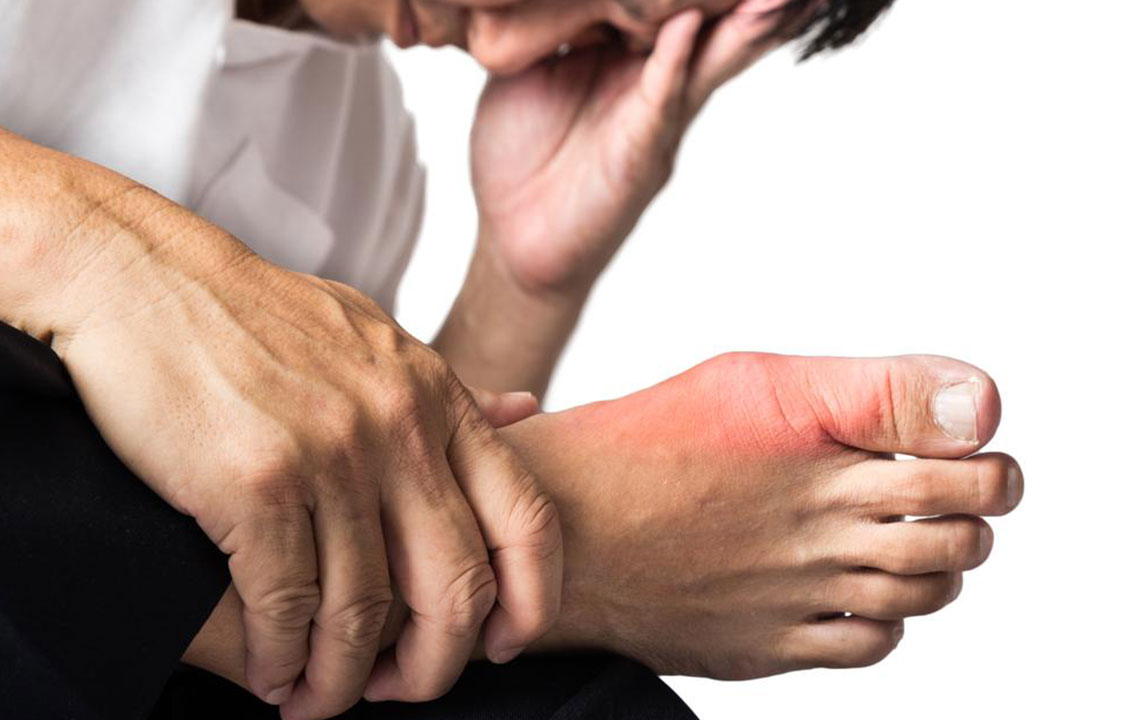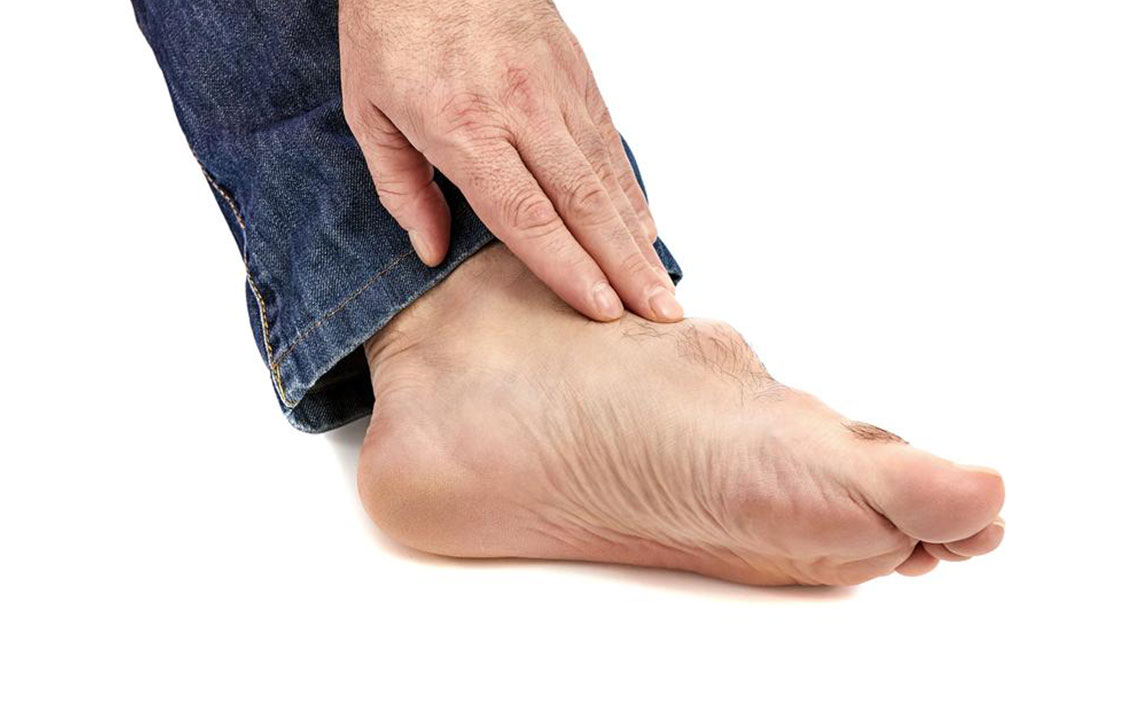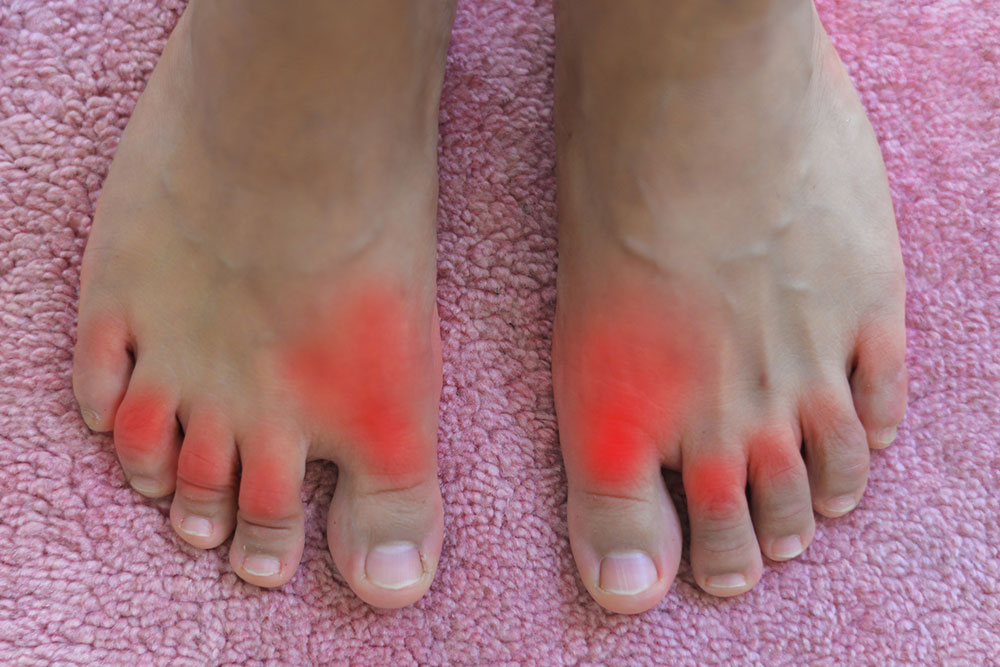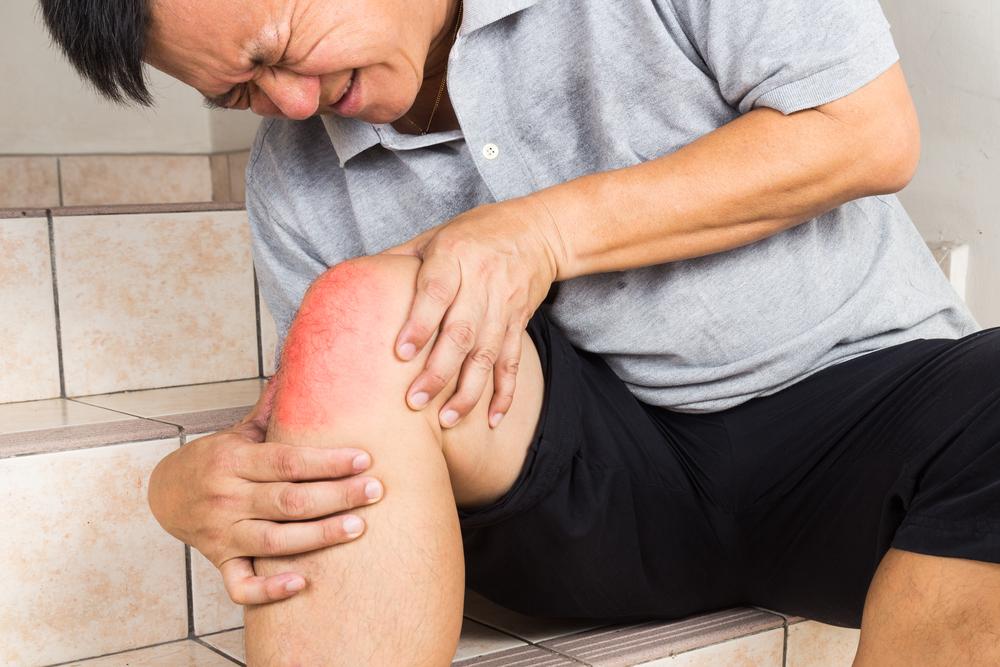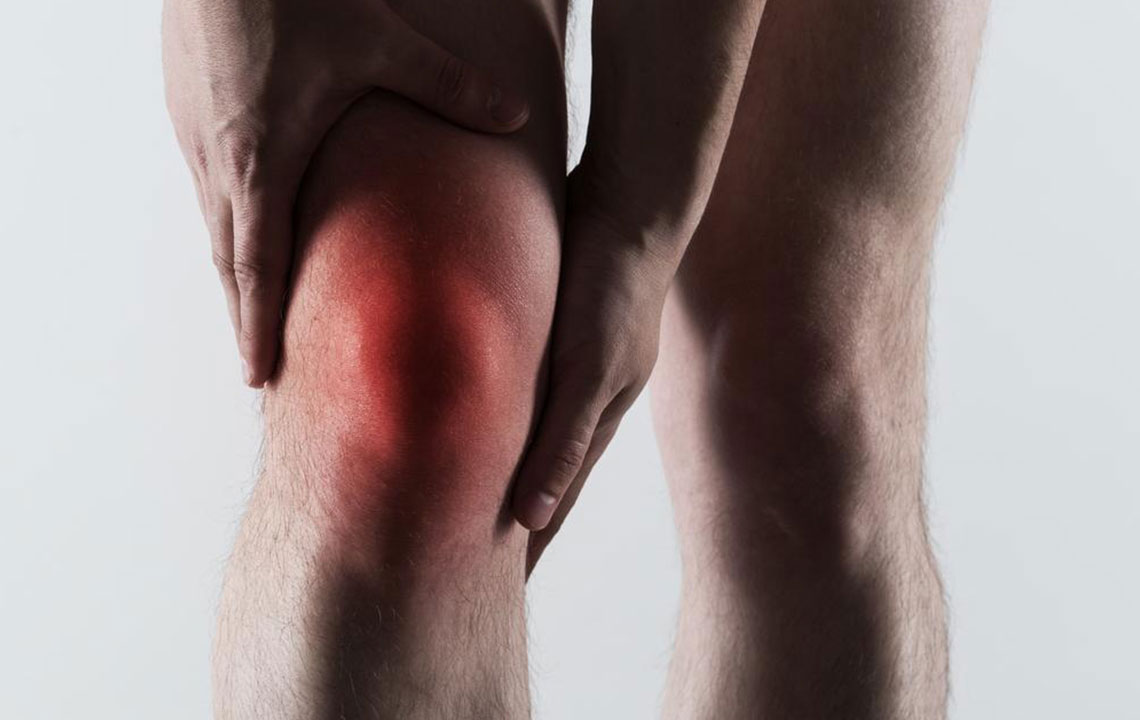Comprehensive Guide to Recognizing Gout: Symptoms, Indicators, and Early Detection
Gout is a common form of inflammatory arthritis characterized by sudden joint pain, swelling, and distinctive symptoms like tophi and skin changes. Recognizing these indicators early can lead to effective treatment and prevent long-term joint damage. This comprehensive guide explores the key signs of gout, including pain patterns, inflammation, skin discoloration, and more, helping patients and clinicians identify the condition promptly. Understanding these symptoms ensures timely intervention, improving quality of life for those affected by gout.

Comprehensive Guide to Recognizing Gout: Symptoms, Indicators, and Early Detection
Gout is a complex form of inflammatory arthritis that primarily affects the joints, caused by the accumulation of uric acid crystals. The presentation of gout varies widely among individuals, with some experiencing sporadic flare-ups, while others suffer from persistent, chronic joint pain. Due to overlapping symptoms with other joint conditions like osteoarthritis and rheumatoid arthritis, gout often remains underdiagnosed or misdiagnosed in the initial stages. Recognizing the key symptoms and early indicators of gout is crucial for timely intervention and effective management.
The symptoms of gout are diverse and can develop gradually or suddenly, making awareness essential. Here, we explore the most common and distinctive signs that can help identify gout early on and distinguish it from other joint disorders.
Development of Tophi
One of the earliest visible signs of gout is the formation of tophi. These are small, chalky nodules composed of uric acid crystals that deposit under the skin around affected joints. Typically, tophi appear on or near the fingers, toes, elbows, or ears. Unlike swelling caused by other conditions, tophi are persistent and may serve as a hallmark indicator of longstanding or poorly controlled gout.
Initial Signs and Symptoms of Gout
The hallmark of gout is sudden, intense joint pain often described as excruciating and throbbing. The pain most frequently targets the big toe, a condition known as podagra, but it can also involve other joints such as the wrists, fingers, ankles, elbows, or knees. Patients often report that the affected joint feels tender, swollen, and extremely sensitive to touch, even with the lightest pressure.
Warmth, Swelling, and Redness
As uric acid crystals accumulate within the joint, they trigger an inflammatory response. This causes the joint to become warm, swollen, and inflamed. The skin over the joint may appear red or purple, indicating acute inflammation. The swelling and heat not only cause discomfort but also limit joint mobility, making daily activities painful and challenging.
Skin Discoloration
The inflammatory process can affect the surrounding tissues, leading to noticeable skin discoloration. Redness, purple hues, or even slight bruising may develop around the joint, often mistaken for infections or other inflammatory conditions. Recognizing these skin changes alongside joint symptoms can be a critical step toward accurate diagnosis.
Itchy and Peeling Skin During Flare-ups
During a gout attack, affected skin may appear shiny, irritated, and itchy. As the inflammation subsides and the attack begins to resolve, peeling or flaking skin around the joint may occur. This change signals that the acute phase of gout is ending. Noticing these skin changes, especially in combination with joint pain, can help differentiate gout from other dermatologic or joint conditions.
Understanding the variety of symptoms and their progression forms the foundation for early detection and management of gout. Recognizing tophi, sudden joint pain, warmth, swelling, skin discoloration, and peeling skin can significantly improve diagnostic accuracy and treatment outcomes. If you experience any of these signs, consulting a healthcare professional promptly is essential for confirming the diagnosis and initiating appropriate therapy.
